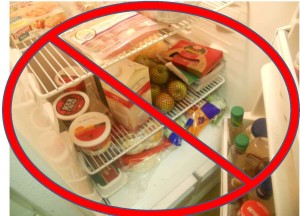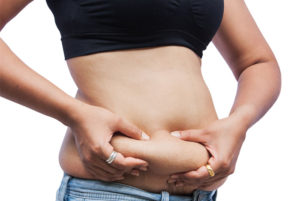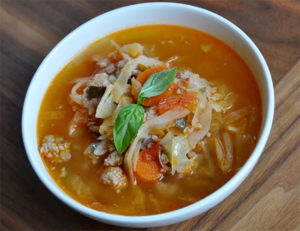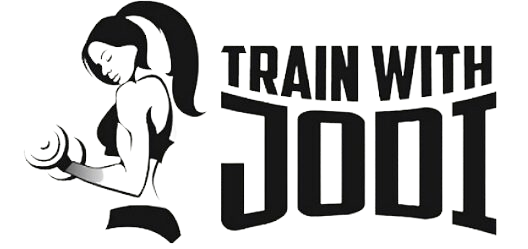Fat Loss Eating Strategies for Best Results

It’s a confusing food land out there! Every which way you turn, fitness guru’s who all look amazing, are telling you something different about fat loss. So, how in the heck can you figure out which one is true? Which one will help you lose the most body fat??
What if I told you……
(shhh, in a whisper)….
“They may ALL be true.”
SAY WHAT? Before you throw in the towel, hear me out. It doesn’t boil down to which system is the best system; rather, which system are YOU most likely to stick with? So…..
Let’s learn together!
Most of us know what to eat to stay healthy. But it’s not just about what you are eating, it’s also about how much and how often you eat.

A quick online search produces two popular eat-for-fat-loss strategies: Intermittent Fasting versus Six Small Meals.
Which strategy works best? And, more importantly, which strategy would work best for YOU? Let’s find out…
- Intermittent Fasting
This eating strategy cycles between periods of eating and periods of fasting. The content of your meals during eating periods is not a factor. Some cycle between eating and fasting each day, creating a small window for eating and fasting for at least 16 hours, while others cycle eating and fasting across several days, taking as much as 48 hours at a time to fast.
Pros: Humans have been fasting for thousands of years. Our bodies are well equipped to handle periods of fasting. Research shows that fasting produces benefits for disease prevention, metabolic health, weight loss and even life extension. Some find it less work to fast rather than planning for several small meals. During eating periods, you get to eat whatever you want.
Cons: Abstaining from nourishment for long periods of time can be challenging, especially when food is all around you. Socially it can be awkward to skip meals while your friends and family break bread together. Some find themselves overeating during eating cycles, and some find the ongoing absence of food to aggravate food obsession and to produce an unbalanced focus on food.
versus
2. Six Small Meals
This eating strategy, of breaking the traditional 3 square meals into 6 smaller meals that are spaced 2-3 hours apart, has been used by body builders and fitness competitors for years. The content and size of each meal is an important factor of this eating plan. Meals early in the day contain lean protein, fiber-filled veggies and a small portion of complex carbs, while meals later in the day are smaller and do not contain any complex carbs. All meals are low in fat.
Pros: By fueling up every 2-3 hours you never get the feeling of deprivation that comes with fasting.
Cons: You have to plan ahead. Every. Single. Day. Get used to carrying around a small cooler filled with containers of chicken, broccoli, and sweet potatoes. Each meal is small, so restraint is required. Unless you are including the occasional cheat meal, or cheat day, there is no room in this diet for empty calories or comfort foods.
Conclusion
There are photos of real, actual people who have subscribed to each of these methods and have gone from flabby to lean. Both methods work.
But why? How can two methods that utilize opposing strategies both produce fat loss results? And which one is better? Let’s dive deeper into what makes these eating strategies work…
1. Meal Timing
When you eat is a factor with both of these eating plans. This means that subscribers to both plans are required to wait until the appointed time to eat. So mindless snacking, or grabbing a muffin just because it’s there, is out of the question. This reduces overall calories, which is key to weight loss, and explains why both plans produce results.

2. Meal Content
The Six-Small-Meals plan focuses on the content of each of your small meals in great detail. Your meals contain healthy proteins, fiber-filled veggies, and limited complex carbs.
Intermittent Fasting does the same but within a shorten time frame.
3. Meal Size
The Six-Small-Meals plan also focuses on the exact size of your meals, which makes sense since you are eating six times each day, and excess calories would quickly add up. Typically this is done by weight, so as you pack your meals for the day you’ll be using a food scale to ensure that you have exactly the right amount of protein and complex carbs. Veggies are often measured rather than weighed.
Intermittent Fasting does not take too much consideration in the size of your meals during eating periods.
So what’s the BEST eating strategy for FAST results? As we’ve discussed, both of the eating strategies above are capable of producing results.
When it comes down to you choosing your own eating strategy it’s important to determine what will work best with your lifestyle.
If carrying a cooler with you and making time to stop every 3 hours to eat a meal is simply not something you can see yourself doing, then Intermittent Fasting may produce better results for you.

The Key to Stick to It
The key is to figure out a plan that you would realistically be motivated to stick with. And the more wholesome the content of those calories, the better and quicker your results will come!
Want more guidance as you take your body from flab to fab? I’d love to help you! Give me a call or shoot me an email and let’s get you on track to shed some major fat before summer!
Let’s do this together.

Tip –
Stressed Out?
Regular exercise is a simple solution to get you feeling good fast.
This is because every time you exercise your body increases its production of endorphins, which are responsible for that feel-good euphoria you get after a great workout or while chomping down on a piece of chocolate.
However, before you turn to chocolate and skip the gym, remember the end result of each and choose which one will help you reduce stress in the long run. (Hint: It’s not the chocolate!)

Comfort Soup with Sausage and Cabbage
Homemade soup is a wonderful way to enjoy healthy, quick meals at home. This recipe for Sausage and Cabbage Comfort Soup is packed with wholesome fiber from fresh vegetables and protein from sausage.
Make a big pot on the weekend and then reheat bowls throughout the week for fast, nutritious meals that will keep you on track with your fitness goals.
Courtesy of RealHealthyRecipes.com
What you need
Serves 20
1 ½ pounds mild Italian sausage, loose
1 large yellow onion, halved and thinly sliced
2 teaspoons garlic, chopped
4 medium carrots, peeled and sliced into ¼” rounds
1 head green cabbage, core removed and shredded
3 large tomatoes, diced
2 teaspoons sea salt (plus more as needed)
fresh ground black pepper (about 5 cracks)
1 teaspoon ground sweet paprika
Instructions
1. Brown the sausage at the bottom of a large soup pot over medium high heat, breaking it into small pieces as it browns. Remove the cooked sausage from the pot and set aside in a bowl, leaving the oil from the sausage in the pot.
2. Add the onions, garlic and carrots to the pot with the hot oil. Continue to cook over medium high heat, stirring often as the veggies become tender, about 5 minutes. Add the cabbage and tomatoes, and continue to cook, stirring often, for 5 minutes. Mix in the remaining ingredients and bring the soup to a low simmer for 20 minutes.
3. Add more salt and pepper to taste and serve hot. Enjoy!
Nutrition
One serving equals 116 calories, 7g fat, 7g carbohydrate, 2g fiber, and 6g protein.


